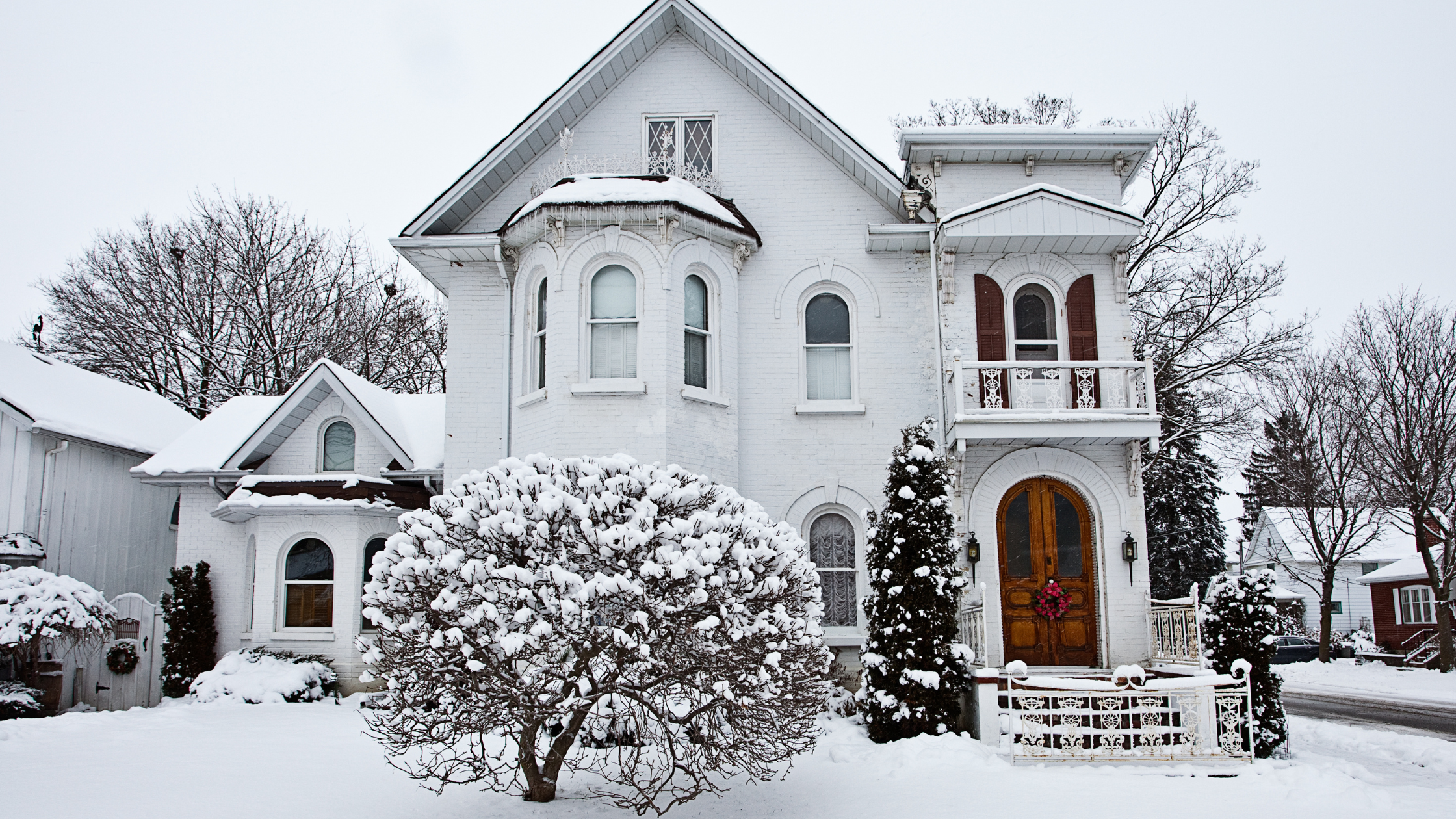During the shoulder months heading into or coming out of winter, frost and wind damage are of particular focus as both can damage and kill your lawn.
Frost Damage
For the most part, frost is harmless to the plant and will melt off in the sun. The ice crystals that make up frost, however, can be razor-sharp and the grass blades themselves are very brittle in this state. If you disturb a frost-covered lawn—with machinery like a lawnmower, tractor, car, or even footsteps—you run the risk of breaking or cutting the plant at the crown. This could kill the entire grass plant and leave a yellow or brown track in your lawn that may require reseeding.
Know Before You Go
One way to tell if your lawn is safe to go on is to wipe the back of your bare hand across the turf. If the heat of your hand melts the frost leaving your hand wet, it is a good bet that you will not break or damage the turf. If your hand stays dry, the lawn is still too frozen to disturb.
Wind Damage
Another way turf can get damaged is when it’s actually not covered in snow, ice, or even frost! This kind of damage, for the most part, happens on hills or mounds in large fields where turf is left exposed to the winter wind. As the winter approaches and the turf goes dormant it loses its ability to move water to its leaf tissue fast enough to avoid drying out. When the cold, dry air constantly blows on the turf, it dehydrates the plant to death leaving unsightly yellow or brown patches in the spring. Unfortunately, there is no way to completely eliminate this from happening. Ensuring your lawn is getting enough Potassium and has developed a deep root system will give your turf the best chance of resisting wind damage.
